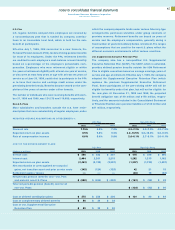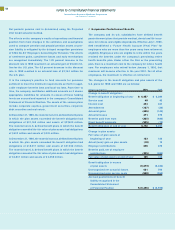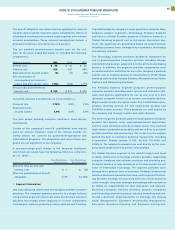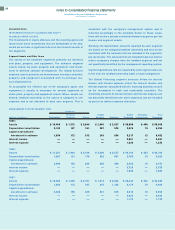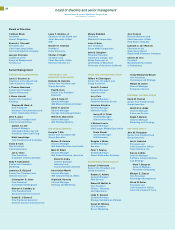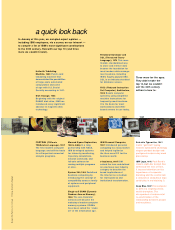IBM 1999 Annual Report Download - page 99
Download and view the complete annual report
Please find page 99 of the 1999 IBM annual report below. You can navigate through the pages in the report by either clicking on the pages listed below, or by using the keyword search tool below to find specific information within the annual report.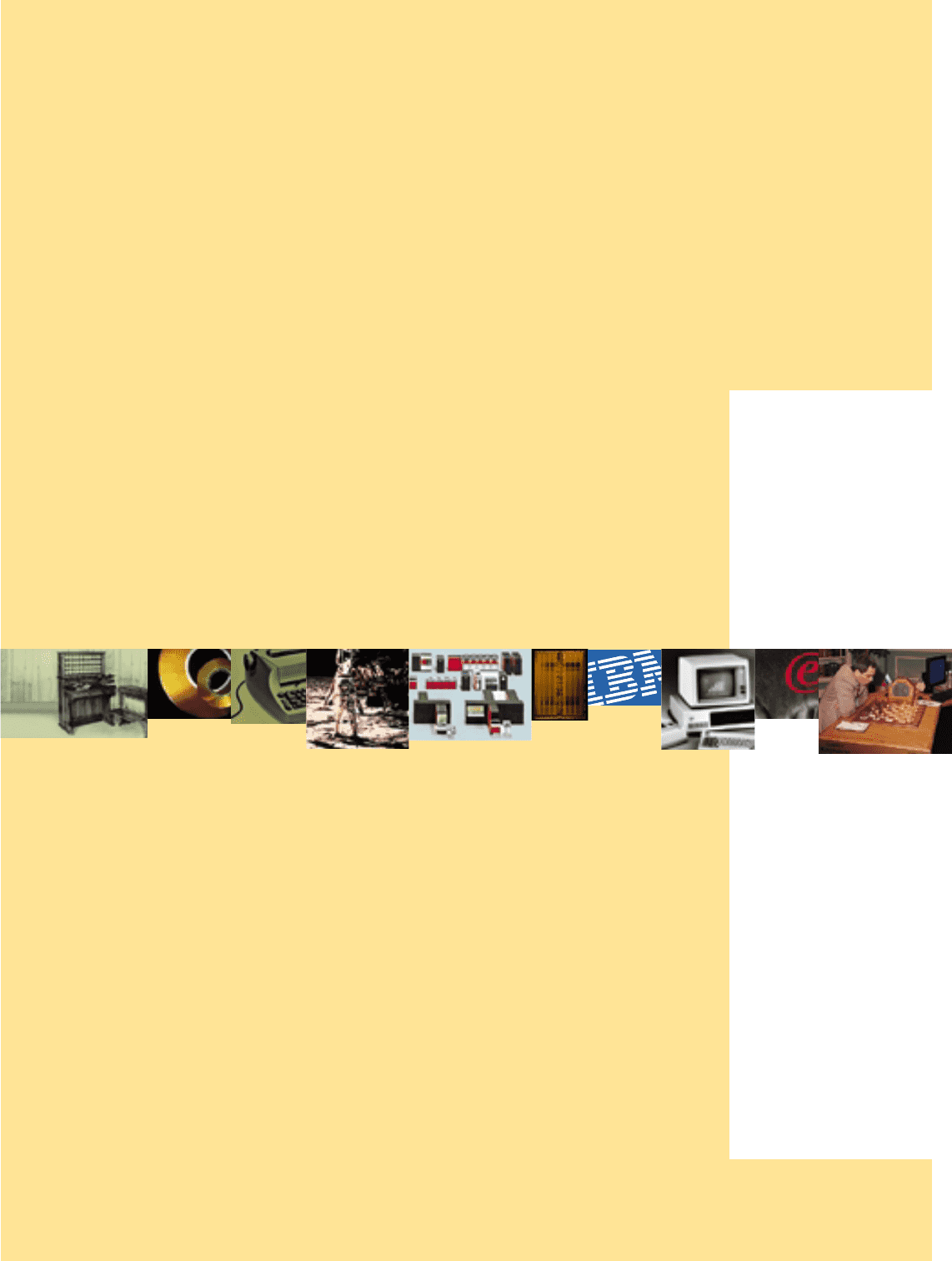
Three more for the ages.
They didn’t make the
top 10, but we couldn’t
exit the 20th century
without a bow to:
Selectric Typewriter, 1961
Iconic “golf ball” typing
element symbolized stunningly
elegant product design and
prefigured modern-day word
processing.
IBM Logo, 1972 Paul Rand’s
classic eight-bar design has
withstood the test of time.
It focused attention on the
importance of corporate
branding and the central role
a company’s ubiquitous logo
could play in maintaining it.
Deep Blue, 1997 First computer
to defeat a reigning chess
world champion. The
win sparked a fundamental
re-examination of the
relationship between people
and machines.
Hollerith Tabulating
Machine, 1890 Punch-card
tabulating machine first
demonstrated the possibilities
of large-scale automated
computation and came
of age with U.S. Social
Security accounting in 1937.
Disk Storage, 1956
Beginning with the original
RAMAC disk drive, IBM has
introduced every significant
advance in magnetic disk
technology.
FORTRAN (FORmula
TRANslation Language), 1957
The first modern computer
language, and still the basis
for all important numerical
analysis programs.
1890 1956 1961 1960s - today 1964 1966 1972 1981 1997
In January of this year, we sampled expert opinion —
including IBM employees, via a survey on our intranet —
to compile a list of IBM’s most significant contributions
to the 20th century. Herewith our top 10 (and three
more we couldn’t resist).
a quick look back
Manned Space Exploration,
1960s-today In a long
partnership with NASA,
IBM developed systems
for telemetry monitoring,
trajectory calculations,
mission command, and
fail-safe software for
running multiple programs
at once.
System/ 360, 1964 Redefined
business computing by
introducing the concept of
compatibility across a family
of systems and peripheral
equipment.
Single-cell DRAM (Dynamic
Random Access Memory),
1966 The one-transistor
memory cell became the
mainstay of modern computer
memory systems. DRAMs
have been called the “crude
oil” of the information age.
Relational Database and
SQL (Structured Query
Language), 1970 This more
flexible, standardized way
to store and retrieve data
became the foundation for
most modern data manage-
ment systems, including
IBM’s hugely popular DB2.
SQL is an industry standard
for database access.
RISC (Reduced Instruction
Set Computer) Architecture,
1980 Boosts computer
speed by using simplified
machine instructions for
frequently used functions.
It is the basis for most
workstations and UNIX-
based servers in use today.
IBM Personal Computer,
1981 Introduced personal
computing to a mass market
and helped legitimize
the then-novel PC for the
business world.
e-business, 19 97 IBM
coined the term and defined
an enormous new industry
category to describe the
broad implications of
the Internet as a medium
for real business and
institutional transformation.
Design: VSA Partners, Inc., Chicago Printing: Anderson Lithograph


